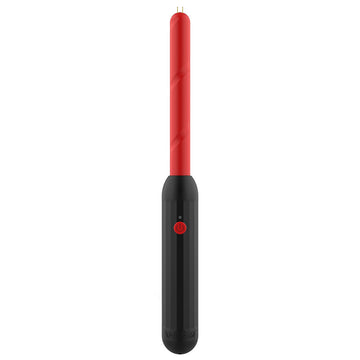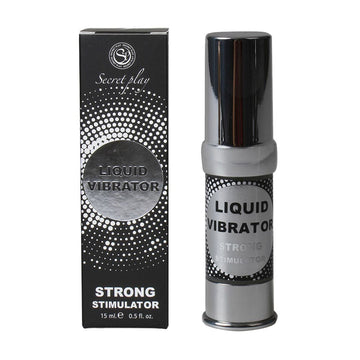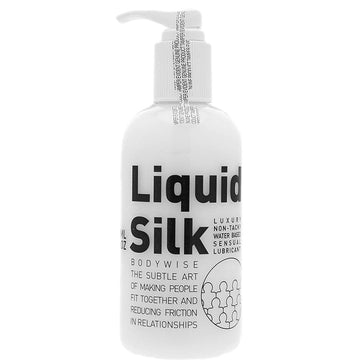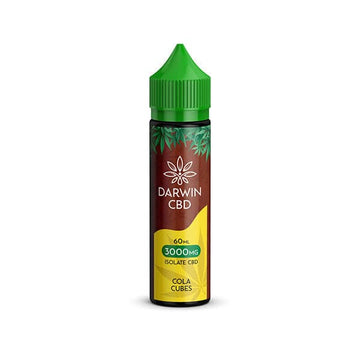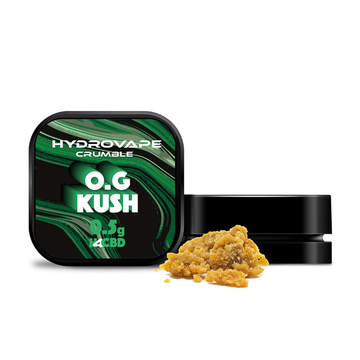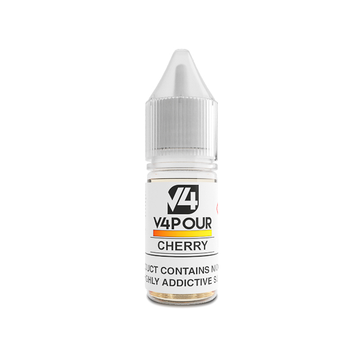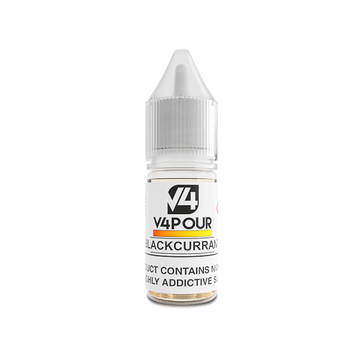The vaping industry has undergone a remarkable evolution over the years, and one of the most crucial components to experience this transformation is the vaping coil. Vaping coils are at the heart of every vape device, responsible for heating the e-liquid and producing those flavorful clouds. From simple wire coils to intricate mesh designs, the changes in vaping coils have significantly impacted the overall vaping experience. In this blog, we'll explore the journey of vaping coils, from their humble beginnings to the cutting-edge technologies that have revolutionized vaping.
The Basics: Traditional Wire Coils
In the early days of vaping, traditional wire coils made of materials like Kanthal or Nichrome were the norm. These coils were relatively straightforward in design and function. As electricity passed through the coil, it generated heat, causing the e-liquid to vaporize and produce inhalable vapor. These coils served as the foundation of vaping, but as technology advanced, vapers sought more efficient and flavorful alternatives.
Mesh Coils: A Flavorful Leap Forward
Mesh coils represent a significant breakthrough in vaping technology. Instead of a simple wire, mesh coils consist of a fine metal mesh that offers a larger surface area. This design results in better and more even heating of the e-liquid, leading to improved flavor production and vapor density. Mesh coils also tend to last longer and provide a smoother vaping experience compared to traditional wire coils.
Sub-Ohm Coils: Cloud Chasing and Beyond
The introduction of sub-ohm vaping coils further transformed the vaping landscape. Sub-ohm coils have a resistance of less than 1 ohm, which means they can handle higher wattages. This enables vapers to produce larger clouds of vapor and experience more intense flavor profiles. Sub-ohm vaping became synonymous with cloud chasing, a trend that gained immense popularity within the vaping community.
Temperature Control Coils: Precision and Customization
Temperature control (TC) coils brought a new level of precision and customization to vaping. These coils are typically made from materials like stainless steel, nickel, or titanium, which have predictable changes in resistance as temperature increases. Vape devices equipped with temperature control technology allow users to set a specific temperature for their coils, preventing dry hits and burnt flavors. TC coils provide a smoother and more consistent vaping experience, catering to vapers who value control over their sessions.
Coil Material Innovations
In addition to different coil designs, advancements in coil materials have also played a pivotal role in enhancing vaping experiences:
-
Stainless Steel: Stainless steel coils are versatile, offering excellent flavor and vapor production. They can be used in both wattage and temperature control modes.
-
Nickel and Titanium: These materials are favored for temperature control coils due to their predictable changes in resistance as temperature changes.
-
Ni80 (Nichrome 80): Known for its rapid heating properties, Ni80 coils are popular among vapers looking for a quick ramp-up time and intense flavor.
Future Innovations: Mesh Innovations and Beyond
As vaping technology continues to evolve, so will vaping coils. Mesh coil designs are likely to undergo further enhancements to maximize their efficiency and flavor output. Moreover, ongoing research into new materials and heating methods could lead to even more efficient and satisfying vaping experiences.
Conclusion
The changes in vaping coils represent a journey from simple heating elements to intricate and innovative designs that cater to diverse vaping preferences. From traditional wire coils to the rise of mesh coils, temperature control options, and sub-ohm capabilities, the evolution of vaping coils has contributed to the personalized and enjoyable experiences that vapers enjoy today. As technology advances, vapers can look forward to more exciting developments that continue to shape the vaping landscape and create new dimensions of flavor, vapor production, and customization.
